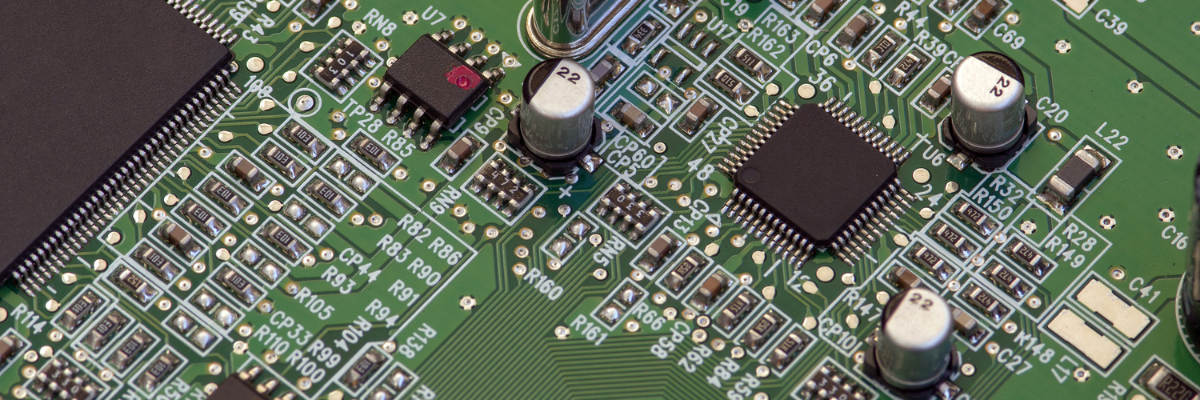Printed circuit boards, commonly referred as PCBs or circuit boards, serve as the backbone for most electronic devices. They offer a platform for mounting and connecting active and passive electronic components, which work together to perform complex tasks needed to drive the device or equipment where they may be used. This two- part post introduces you to common circuit board components – passive and active and how they contribute to the functioning of the PCB.
Introduction to Passive Circuit Board Components
Passive circuit board components are electronic elements that do not require an external power source to perform their basic functions. They perform various passive functions such as storing energy, regulating voltage, controlling current, and filtering signals.
Types of Passive Board Components Used in the PCB
Passive circuit board components are electronic components that do not use electrical power to operate. The following are the common passive board components used on the PCB.
- Resistors: By introducing resistance into a circuit, resistors help control the flow of electricity, prevent overloading of components, and facilitate voltage division. They are often denoted by colour bands or numerical codes indicating their resistance value. They provide specified resistance values measured in ohms (Ω).
- Capacitors: Capacitors are essential for storing and releasing electrical energy in circuits. They consist of two conductive plates separated by a dielectric material. They are utilized for various purposes, such as filtering noise, stabilizing voltage, and coupling signals between parts of a circuit.
- Inductors: Inductors store energy in the form of a magnetic field when current flows through them. They feature a coil of wire wound around a core material, typically made of ferromagnetic materials such as iron or ferrite. Inductors are used in circuits for filtering noise, energy storage, and impedance matching. They exhibit properties opposite to those of capacitors, providing high impedance to high-frequency signals while allowing low-frequency signals to pass through.
- Transformers: Although these components are not so common in the PCB, they are used for circuit isolation, stepping voltages up and down, as well as matching impedances.
- Diodes: These are also considered active components due to their ability for current conduction in one direction. These components do not generate or amplify electrical signals, which is why they are also passive. Diodes are used in the PCBs for signal clipping, rectification, as well protecting the circuits.
Factors to Consider While Selecting Passive Circuit Board Components
There are several factors to consider while choosing passive circuit board components as discussed above. The following pointers will help you understand it better.
- Resistors: When choosing a resistor, you must consider factors such as resistance and power rating, tolerance, temperature coefficient, and so on. It is important to choose a resistor with the correct resistance value in Ohms as well as the correct power rating.
- Capacitors: When buying these common circuit board components, you must focus on factors like capacitance value and voltage rating, ESR and ripple current, and dielectric type. Match capacitance value and voltage rating to your circuit needs. Similarly, choose the dielectric material based on your application requirements. For instance, capacitors made of ceramic are ideal for general-purpose applications; those made of films for applications that demand high stability, and so on. ESR and ripple current are important factors to consider if you are buying capacitors for power efficient applications.
- Inductors: Focus on factors like inductance value and current rating, as well as quality factor (Q) and Self-Resonant Frequency (SRF). In this SRF values are more critical consideration for RF applications.
- Transformers: When buying these common circuit board components, you must focus on factors such as turns ratio, frequency range, and power handling of the transformers.
In addition to the above, you must focus on other general factors, such as:
- Purpose of the PCB
- Operating conditions of the PCB
- Availability and cost of components
- Size and footprint of the PCB
- Reliability and lifespan of components
By carefully considering each of these factors, you can invest in passive components that not only contribute to the functioning of the PCB but also to its overall performance and reliability. The next post in this series focuses on the active board components and their role, and offers tips for their selection. Stay tuned!

